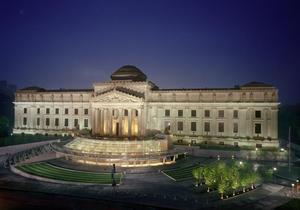Maybe it’s because big parts of the U.S. (including where I am), plus London and Paris and other areas of Europe, are all having a really cold snowy winter, but I was amused to read the other day the Moscow has opened an ice sculpture museum. No more is it true that “The snow sculptor can impose his will but temporarily,” as the story says.Â
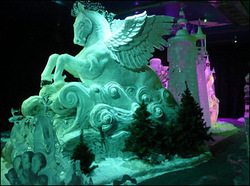 Two artists — Pavel Mylnikov and Bagrat Stepanyan — have created an ice museum, where it’s really, really cold inside (between 5 and 12 degrees F), in Sokolniki Park, Moscow. It opened during the second week in December, according to the Washington Post, which wrote:
Two artists — Pavel Mylnikov and Bagrat Stepanyan — have created an ice museum, where it’s really, really cold inside (between 5 and 12 degrees F), in Sokolniki Park, Moscow. It opened during the second week in December, according to the Washington Post, which wrote:
Mylnikov and Stepanyan assembled a variety of artists who attacked 800 tons of ice and 200 tons of snow with a variety of picks and saws. Fortunately, Russia has no shortage of raw materials – much of the ice was trucked in from Siberia, cut from frozen rivers. The snow was made locally.
The artists plans to change what’s in the galleries every year, and the initial offerings included “a huge dinosaur, a complete bedroom, a castle with armored guard, Joseph and Mary hovering over Jesus, a Vostok rocket ship, a bunch of grapes frozen in a small block of ice.” They are all illuminated by colored lights.
OK, maybe not high art — but hey, it’s Christmas and it’s slow in the art world. And in freezing cold New York, it’s fun to know there’s a place where people who arrive unprepared for the cold inside can borrow a down overcoat and enjoy the artistic offerings.
The Post has more here, and a slide show of the sculptures, too.
Photo Credit: Courtesy of the Washington Post
Â

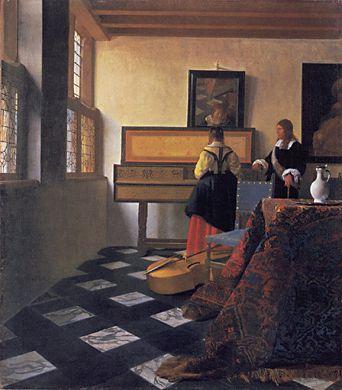 For the Dulwich’s 200th anniversary year, which begins in January, Dejardin is borrowing one
For the Dulwich’s 200th anniversary year, which begins in January, Dejardin is borrowing one 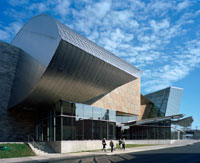 Another art museum is in trouble: the
Another art museum is in trouble: the 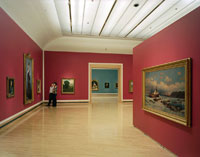 Its
Its 